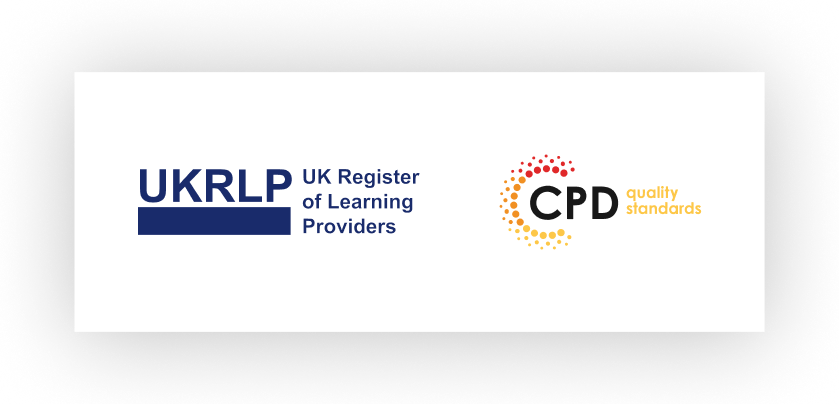
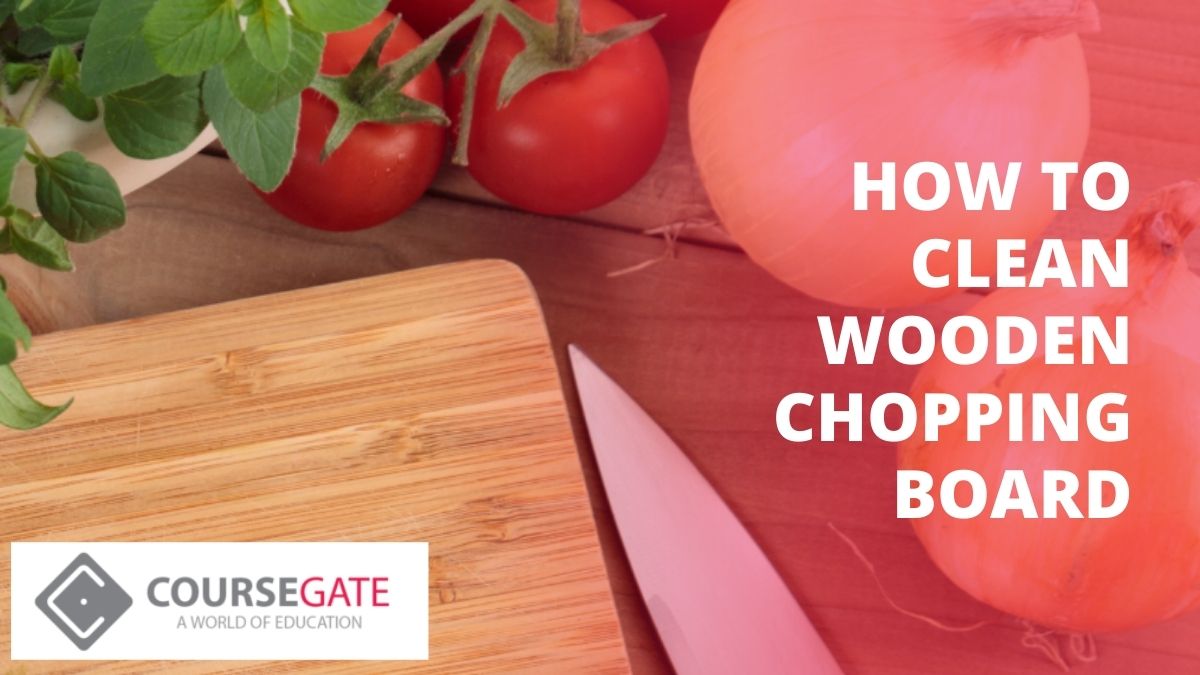
Chopping boards are a necessity in every household kitchen. A kitchen isn’t complete without having a chopping board. Not only do chopping boards make your kitchen countertop look more organized, they allow you to prepare all your food items such as meat, poultry, vegetables, etc. A chopping board is an essential tool for your day-to-day kitchen needs. And as with any essential items, it is important to remember to keep them clean and hygienic.
Below we will talk about all the necessary information you need to know about chopping boards and how to keep them clean.
What is a Chopping Board?
A chopping board or cutting board is a kitchen tool that is used as a surface to cut or slice items. These are very popular in every kitchen, with the wooden variant being the most common. There are also boards made of plastic, glass, or cork, although not as popular as wooden boards. Chopping boards are used for everything from slicing bread for breakfast to cutting meat for dinner.
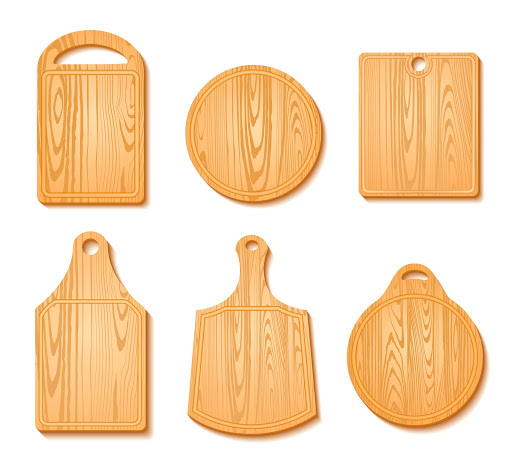
Different types of Chopping Boards
Chopping boards can come in various shapes and sizes. Chopping boards are varying in material, shape, size, weight, length, and usage. Here we discuss a few chopping boards of different types:
Based on Material
1. Wooden Chopping Board
The wooden boards are the most popular and reliable variant. They are highly durable, easy to find, and most importantly, wood is a renewable resource. If taken care of properly, these boards can last you for years.
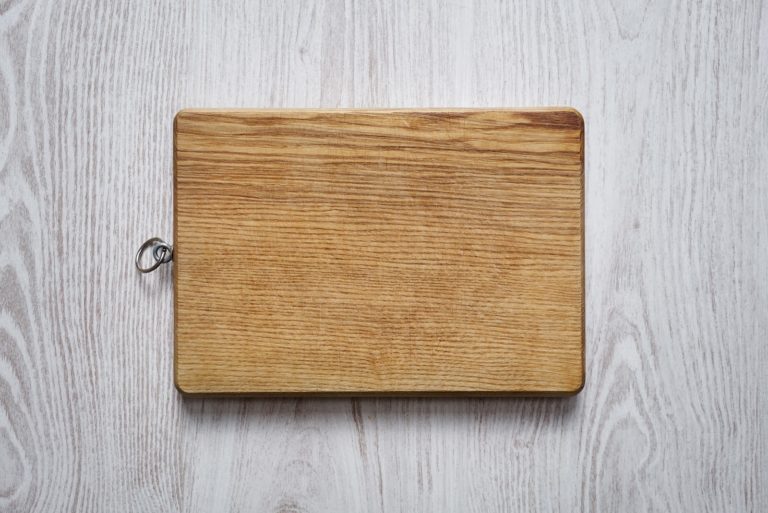
2. Plastic Chopping Board
Plastic chopping boards are the second most commonly used variant of chopping boards. They are both economical and durable. However, they are non-porous and bacteria tend to stick to the surface of these boards.
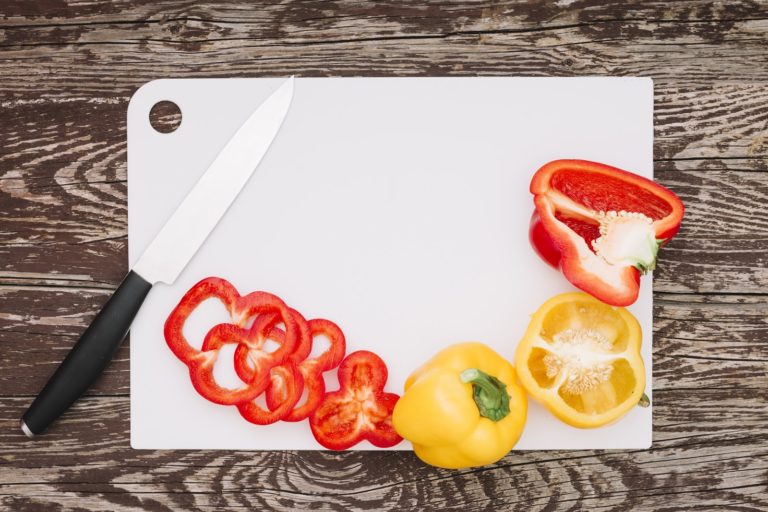
3. Glass Chopping Board
Glass chopping boards are aesthetically pleasing. Though they are not meant for regular usage, knives cannot withstand chopping or cutting through tempered glass. They are also prone to bacteria getting stuck on the surface.
4. Granite Chopping Board
Granite boards are some of the most visually appealing boards available. They are extremely durable. However, similar to glass boards, these are responsible for dulling knives. Also, they are much more expensive than other boards in the market.
Based on Shape
1. Rectangle Boards
The most common shape for chopping boards is rectangular. These come in different sizes but usually have enough surface space to fit all the items conveniently. They are the easiest to use, and you can simply push food off the top whenever you are done with them.
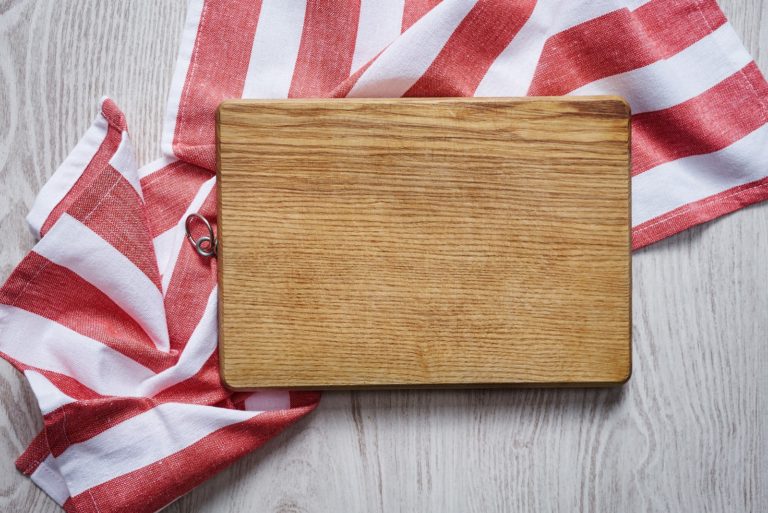
2. Round Boards
Round boards are visually pleasing boards that are generally not used for cutting or chopping. More commonly, these boards are used to display foods and accentuate the appearance of the meal.
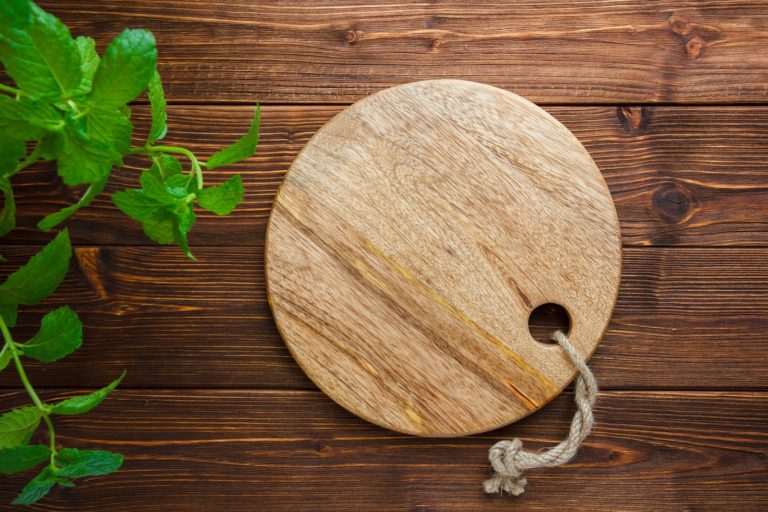
3. Half Circle Boards
These boards are more convenient than others, as they can be pushed up against walls or solid surfaces. While the half circle shape allows you to rest your hands on top of the board.

4. Novelty Boards
Some boards come in novelty shapes, meaning there is no set size or shape to the board. These are generally used for their visual appeal rather than actual functionality.
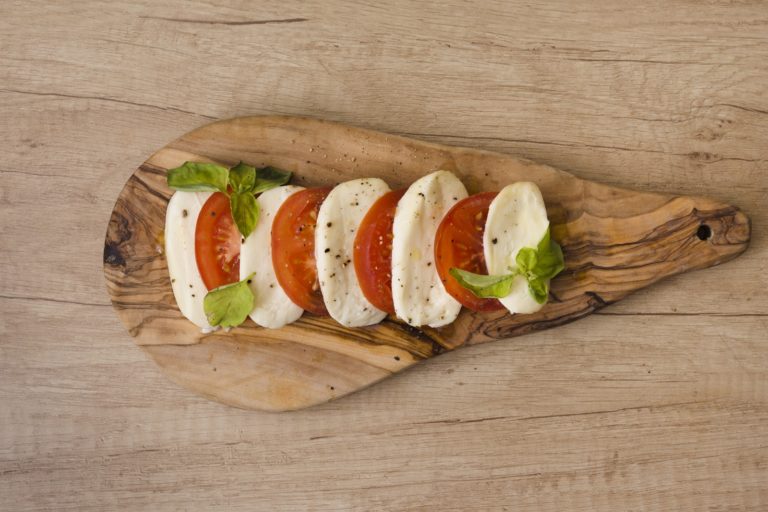
Wooden Board vs Plastic Board
The choice of which chopping board to get between the different types of boards is an often asked question. Among the two most used types of boards are wooden boards and plastic boards. Both these options have their own advantages and disadvantages. Plastic boards are inexpensive and easy to find. They are durable, easy to use, and can come in a multitude of color options. On the other hand, wooden boards are classically used, they are both practical and visually appealing. Wooden boards also have the advantage of being able to be used as serving platters for a meal, because of their aesthetic appeal.
Plastic boards are easier to clean, but they have to be maintained more thoroughly. It is scientifically proven that wood boards are safer to use than plastic ones. After repeated use of knives, plastic boards tend to create grooves and scars. And being a non-porous surface, they gather a high amount of bacteria as time goes by. Wooden boards, on the other hand, have porous surfaces and the bacteria that gets accumulated over time descends to the surface and dies. This is another reason why people choose wooden boards over the other variants.
How to Clean Wooden Chopping Boards
A quality wooden chopping board can become a centerpiece of your household’s kitchen. But unlike your other kitchen gadgets, these take a considerable amount of care to be maintained properly.
Here are a few ways to keep your wooden chopping boards clean, so they remain functional and fabulous:
1. Cleaning with Dish Soap
Wooden chopping boards are easy to clean using your own hands. For that, all that is needed is a bar of dish soap, a sponge/brush, and some hot water. First, we need to rinse the board using hot water. Then we can apply the soap to the board. A bar of regular dish soap will work for this, but you can also use an antibacterial soap. Then, all you need to do is scrub the board thoroughly. If there are scuff marks or scratches, you should give extra care to clean those areas.
You’ll also have to make sure to give both sides of the board an equal amount of scrubbing. Meat juice can drip from the top and cover the other side of the board. So you have to thoroughly scrub both sides to make sure they are clean. Use hot water to rinse each side of the board. Finally, dry off the board using a paper towel or cloth. Additionally, you can also leave it to air-dry in an open space. But keep in mind that if the board is too wet before leaving it to air-dry, it can make the board split or warp in places. The best option would be to partially dry the board using a cloth or towel before leaving it out to air-dry.
2. Cleaning with Vinegar
Vinegar is another great option to clean your wooden board. It contains acetic acid, which disinfects the board and protects against bacteria like Salmonella or E.coli. It also helps to combat bad odors that form on the board and fester over time. Apply white vinegar on a piece of cloth and rub it over both sides of the board. This will help to both disinfect and eliminate any existing bad odors. But keep in mind that keeping the board soaked for too long may result in the wood being warped or cracked. After applying the vinegar, towel-dry the board and then leave it upright to air-dry.
3. Cleaning with Bleach
If you want to make sure that your wooden board is absolutely bacteria-free, you can clean it with bleach. Bleach helps to kill all the lingering bacteria that remain on your board after usage. Simply, drop one tablespoon of bleach into a gallon of water. Take a brush and dip it into the solution. Then, gently scrub your wooden board in a circular motion. Be careful not to saturate the board. Finally, rinse the board with water and then use a dry cloth to wipe it off.
4. Cleaning with Lemon and Salt
Using lemon and salt together can be an effective way to clean your wooden board. It can help remove odor and maintain the board. First, sprinkle a little bit of salt on the board. Then, take a lemon and scrub it along the board. Make sure the entire board is covered. Leave this solution to sit for a few minutes before rinsing it off with water. Then, simply take a towel and dry the board off.
5. Cleaning with Hydrogen Peroxide
Hydrogen peroxide is a powerful tool to keep your wooden chopping board bacteria-free. Take a 3% Hydrogen peroxide solution and pour it on top of the chopping board. Use a clean sponge to distribute the solution throughout the board including the top, bottom, and sides. Let it sit for a few minutes before rinsing off the board. Use the clean sponge to wipe off the board and let it dry.
How to Maintain Wooden Chopping Board
Only keeping your chopping board clean will not be enough. You need to follow a few guidelines to increase their longevity. You must always use your hands to clean the board. Never use a dishwasher or any other similar kitchen gadgets to clean the board. Don’t let your board have a prolonged exposure to water to avoid any damage to the wood. Clean the board after every time it’s used, so it does not gather bacteria or get stains. A good tip is to oil the board once or twice every month. This will keep the board nourished and help to avoid any cracks or warps in the wood. It will help preserve the board in its natural state. Keep in mind that regular oil will not work effectively to maintain the board. You must use refined mineral oil or a specific oil designed for wood surfaces. Once you have chosen the perfect oil, apply it onto your board and let it seep into all the sides. Let it soak for a few hours or even overnight. A wood conditioner can also complement the oil. A combination of these can keep your wooden chopping board healthy and well-maintained.
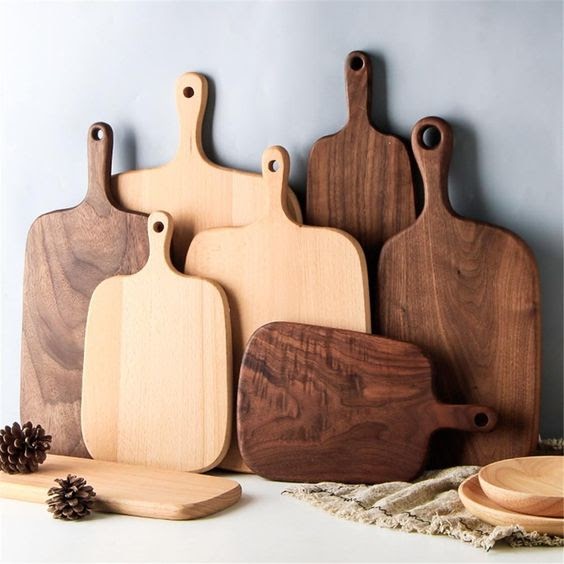
Concluding Remarks
Wooden chopping boards are a mainstay in kitchens, not only in the UK but all over the world. That is why knowing how to clean chopping boards is essential for every household. Keeping your wooden chopping board clean can prevent any food-borne illnesses to happen. Learning the effective ways to clean your wooden chopping board will allow you to live a healthier life.
Popular Posts
- All Courses
- Accounting & Finance61
- Admin, Secretarial & PA45
- Audio Books (Audio Course)100
- Business Skills155
- Design74
- Digital Marketing48
- DIY (Do It Yourself)54
- Employability237
- Food Hygiene & Safety18
- Health & Fitness65
- Health & Safety106
- Health & Social Care179
- Human Resource49
- It & Software Skills107
- Language27
- LIFESTYLE82
- MAKEUP & BEAUTY49
- Management128
- Marketing60
- Massage & Physiotherapy24
- Microsoft Office64
- Nonprofit & Charity57
- On Demand Courses49
- Personal Development122
- Photography32
- Psychology & Counselling95
- SEN (Special Educational Needs)23
- Teaching and Education95











